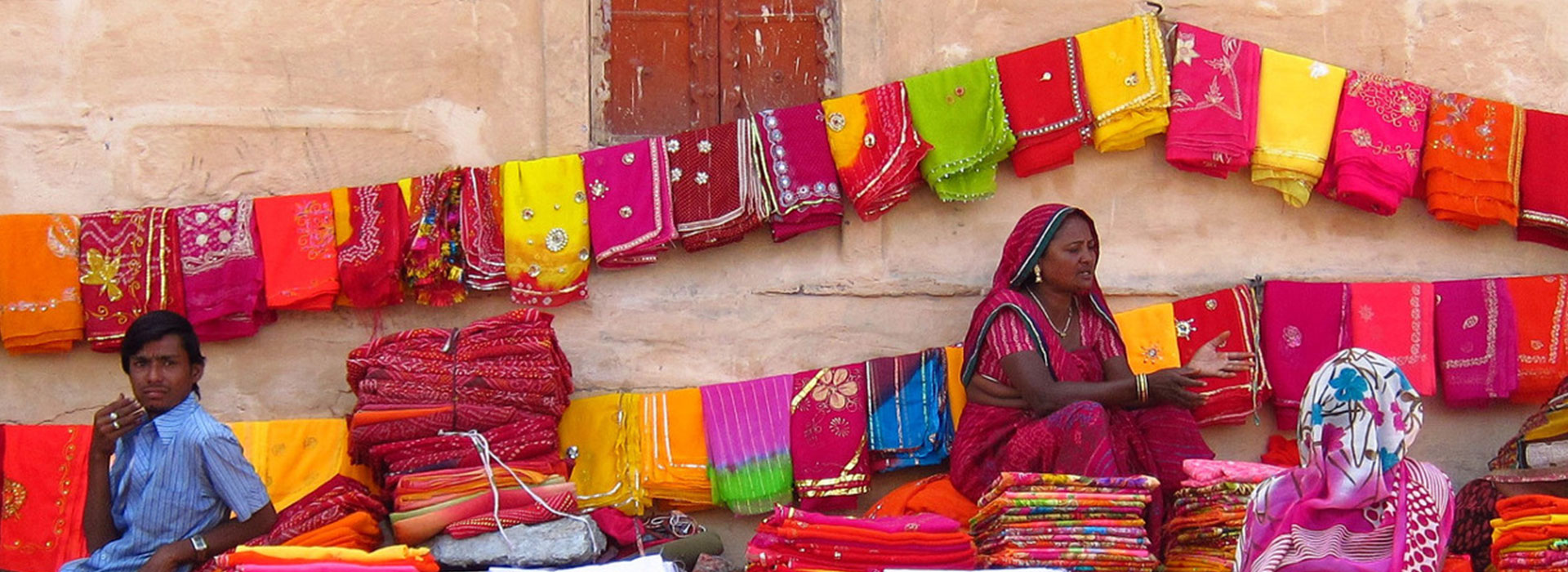
TOUR DURATION - 07 Nights / 08 Days
TOUR DESTINATIONS - Delhi - Agra - Jaipur - Pushkar - Ajmer - Udaipur - Jodhpur - Delhi
TOUR OVERVIEW
Experience the perfect blend of India’s royal heritage, cultural richness, and architectural grandeur with the Golden Triangle Tour with Rajasthan by Taj Amazing Tours. This 8-day itinerary takes you through the iconic Golden Triangle — Delhi, Agra, and Jaipur — and further into the majestic land of Rajasthan, offering a deep dive into India’s regal past, vibrant traditions, and stunning landscapes.
Begin your journey in Delhi, the country’s bustling capital, and explore its historic monuments and modern landmarks. Continue to Agra, home of the world-famous Taj Mahal, an eternal symbol of love. Then visit Jaipur, the Pink City, renowned for its palaces, forts, and bustling markets. Extend your tour to other parts of Rajasthan, including Pushkar, Jodhpur, or Udaipur, depending on your interests, to experience royal palaces, desert landscapes, and traditional Rajasthani culture.
This tour is ideal for travelers who want to combine heritage sightseeing, cultural experiences, and luxury travel, providing an unforgettable journey through North India.
Trip Highlights:
Explore Delhi’s historic landmarks – Red Fort, India Gate, Humayun’s Tomb, Qutub Minar
Witness the Taj Mahal at sunrise in Agra
Discover Jaipur’s royal treasures – Amber Fort, City Palace, Hawa Mahal, and Jantar Mantar
Explore the scenic and cultural gems of Rajasthan – Pushkar, Udaipur, Jodhpur, or Jaisalmer
Enjoy camel rides, local bazaars, and traditional Rajasthani cuisine
Comfortable transportation, experienced guides, and personalized service with Taj Amazing Tours
Detailed Itinerary:
Day 1: Arrival in Delhi
Arrive at Delhi Airport, where a representative from Taj Amazing Tours will greet you and transfer you to your hotel. Relax or explore the nearby markets in the evening. Overnight stay in Delhi.
Day 2: Delhi Sightseeing
After breakfast, enjoy a guided tour of Old and New Delhi. Visit Jama Masjid, Red Fort, and Raj Ghat in Old Delhi. Explore India Gate, Rashtrapati Bhavan, Humayun’s Tomb, and Qutub Minar in New Delhi. Overnight stay in Delhi.
Day 3: Delhi – Agra (210 km / 4 hrs)
After breakfast, drive to Agra. Upon arrival, check in at your hotel. Later, visit Agra Fort and enjoy a sunset view of the Taj Mahal from Mehtab Bagh, across the Yamuna River. Overnight stay in Agra.
Day 4: Agra – Jaipur (240 km / 5 hrs)
Early morning, visit the Taj Mahal at sunrise. After breakfast, visit Fatehpur Sikri, the abandoned Mughal capital, en route to Jaipur. Upon arrival, check in at your hotel. Overnight stay in Jaipur.
Day 5: Jaipur Sightseeing
After breakfast, visit Amber Fort, with an optional elephant or jeep ride to the top. Explore City Palace, Jantar Mantar, and Hawa Mahal (Palace of Winds). In the evening, stroll through Jaipur’s colorful local markets. Overnight stay in Jaipur.
Day 6: Jaipur – Pushkar / Ajmer (150 km / 3 hrs)
After breakfast, drive to Pushkar, famous for its sacred Brahma Temple and serene Pushkar Lake. Explore the bustling bazaars and experience local culture. Optionally, visit Ajmer Dargah Sharif, a revered Sufi shrine. Overnight stay in Pushkar / Ajmer.
Day 7: Pushkar – Udaipur / Jodhpur (Optional)
After breakfast, continue your Rajasthan journey to Udaipur, the City of Lakes, or Jodhpur, the Blue City. Explore royal palaces, forts, and gardens, and enjoy a boat ride (if in Udaipur). Immerse yourself in traditional Rajasthani culture and architecture. Overnight stay in Udaipur / Jodhpur.
Day 8: Rajasthan – Delhi / Departure
After breakfast, transfer back to Delhi by flight or road for your onward journey. Your Golden Triangle Tour with Rajasthan concludes with wonderful memories of royal palaces, historic monuments, and colorful culture, organized by Taj Amazing Tours.
+91-9639323937, 8433245758
upmeetsingh13@gmail.com